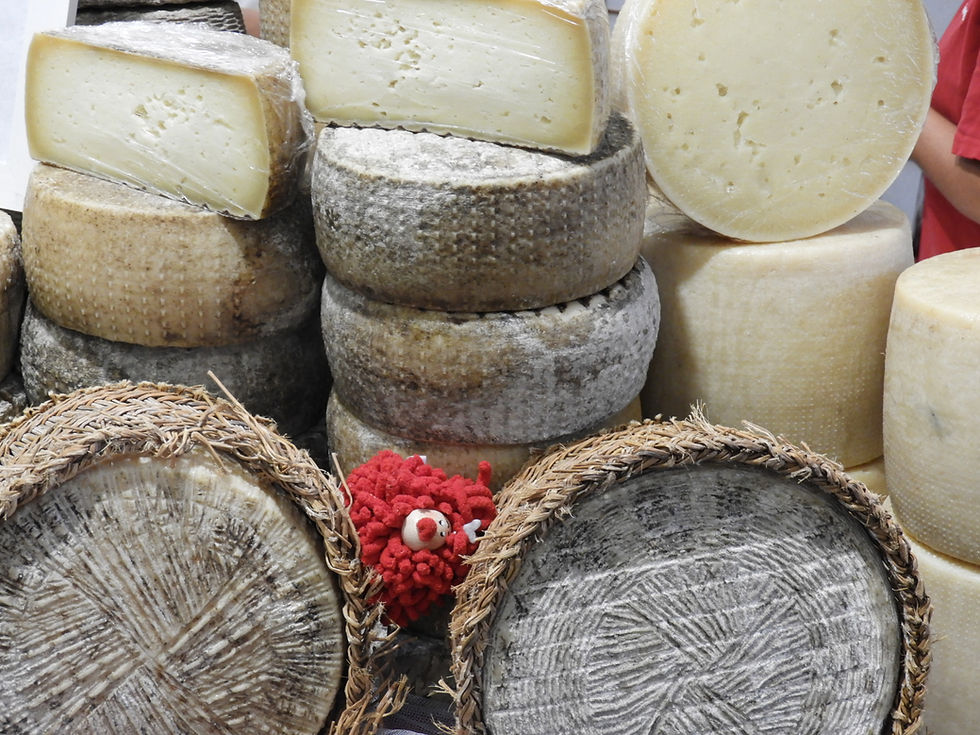Umbria
- Aug 26
- 2 min read
Updated: Sep 23
The Green Heart of Italy
Geography and Overview
Umbria is one of the only landlocked regions in Italy, located more or less in the centre of the country. It is bordered by Le Marche, Lazio, and Tuscany. The region is composed of two provinces: Perugia and Terni, with Perugia serving as the capital city. Covering an area of approximately 8,500 square kilometres and home to a population of 867,878, Umbria is renowned for its beautiful scenery. The region’s woodlands and gently rolling hills have earned it the nickname, the “Green Heart of Italy.” Indeed, Umbria is often described as ‘Picture Postcard’ Italy, with landscapes that captivate all who visit.

Art, History, and Culture
While many visitors are initially drawn to Umbria for its natural beauty, they soon discover the region’s rich artistic and historical heritage. Nearly every town boasts fine examples of Medieval and Renaissance art. Notably, the famous St. Francis Basilica in Assisi houses exquisite frescos that are lovingly preserved by the local community. Throughout Umbria, churches, ancient buildings, and Roman theatres remain virtually unchanged by time, bearing witness to the region’s artistic and scientific achievements. Visitors can also observe traditional hand-crafting techniques, such as ceramics and pottery, which are still practised today. The region is dotted with fascinating museums and cultural centres, offering further insights into its vibrant past and present.
Gastronomy
Orvieto stands out as a personal favourite among Umbrian towns and serves as an excellent base for exploring the region. The hills surrounding Orvieto are home to some wonderful, lesser-known cheese producers. Pork is the most popular meat in Umbria, though veal and lamb are also readily available.


Pasta
Umbria is significant in Italy’s pasta production, accounting for about 15% of the nation’s output. The region is home to Buitoni in Perugia, the second largest pasta producer in Italy. Local pasta specialities include Ciriole, Frascarelli, Papperdelle, Picchiettini, Strangozzi, and Umbriacelli.
Wine
The most famous wine produced in the region is named after the town of Orvieto. It is a blend of five grapes, primarily procanico (similar to trebbiano), verdello, and grecchetto, an Umbrian variety. Other notable grape varieties grown in Umbria include Rosso di Montefalco, Torgiano, and Sagrantino di Montefalco. The region is also known for its sweet wine, vin santo, made from dried white wine grapes—typically Trebbiano—and often enjoyed at the end of a meal. This wine is somewhat reminiscent of liqueur Muscat.




Comments